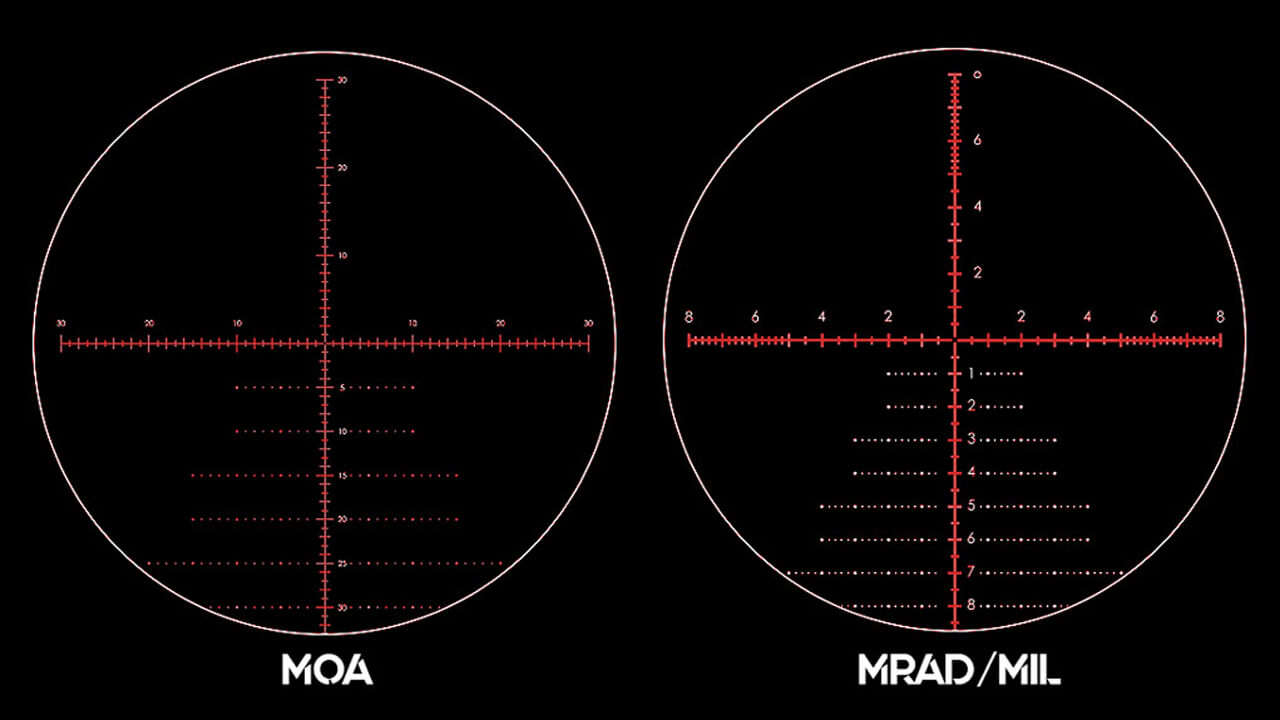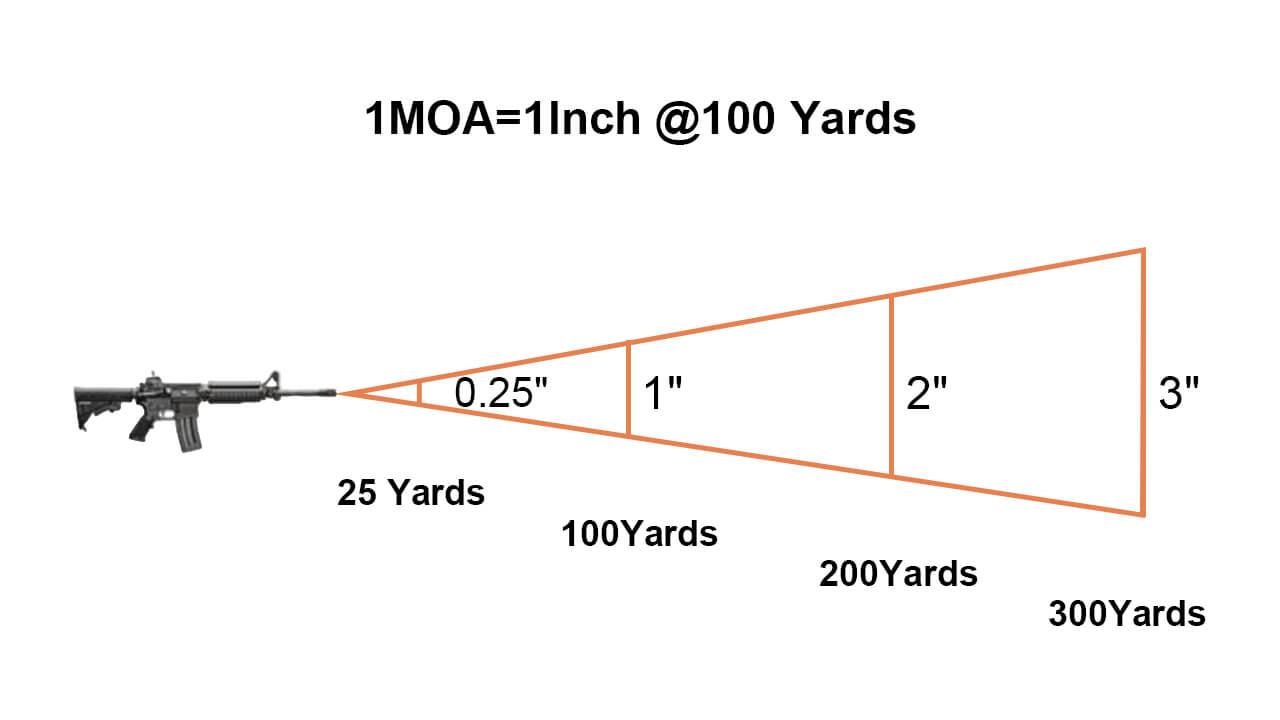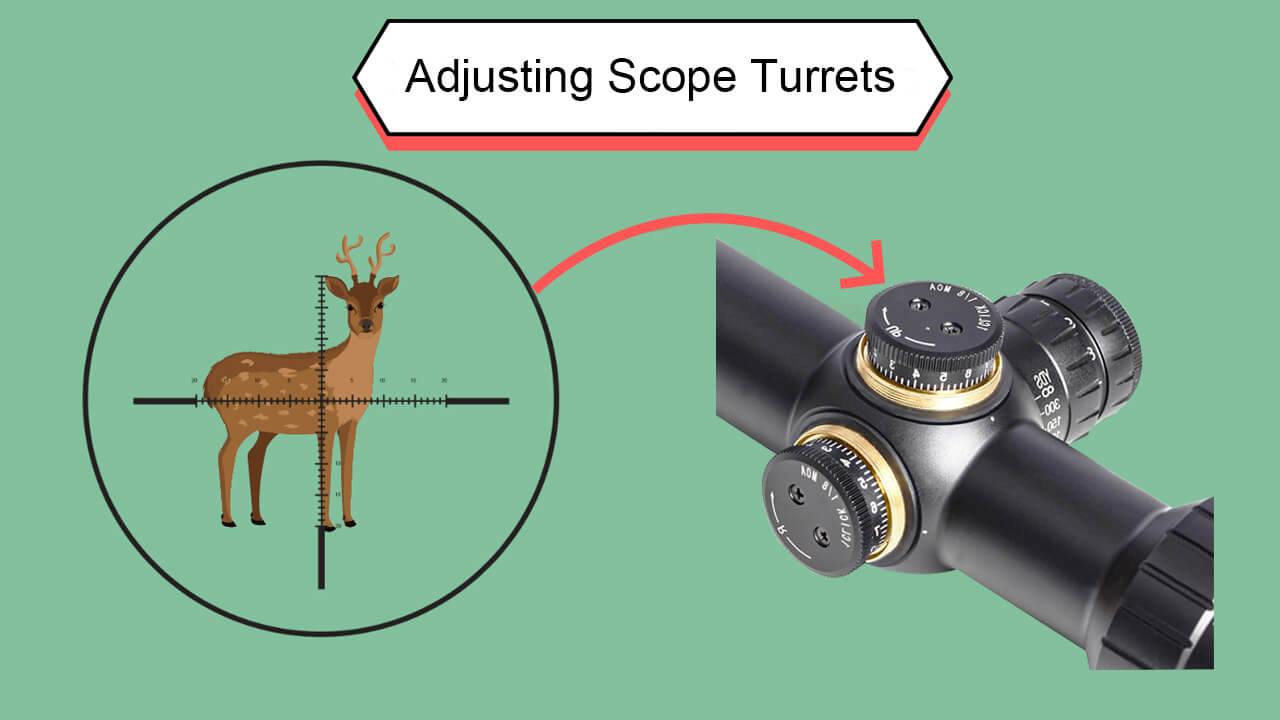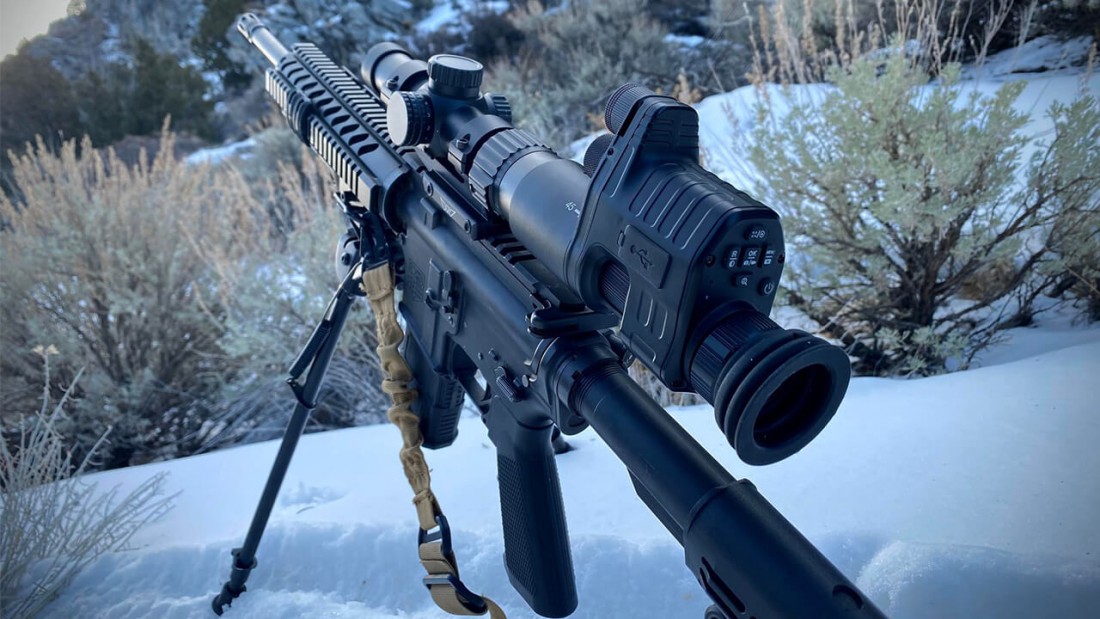Precision shooting requires a deep understanding of various factors that can influence accuracy. One such crucial aspect is Minute of Angle (MOA), a unit of measurement commonly used in shooting. In this comprehensive guide, we will explore what MOA is, how it relates to shooting, and why it is essential for achieving accuracy. Whether you're a seasoned shooter or a beginner, this article will provide you with valuable insights and practical knowledge to improve your shooting skills.
Table of Contents
- What is MOA in Shooting?
- The Importance of MOA in Precision Shooting
- MOA vs. Mil: Understanding the Difference
- Calculating MOA
- Practical Example: Adjusting Scope Turrets
- 6 Common FAQs about MOA in Shooting
What is MOA in Shooting?
MOA stands for Minute of Angle, which is a unit of angular measurement commonly used in firearms and shooting. It represents 1/60th of a degree or approximately 1.047 inches at 100 yards. MOA is often used to quantify accuracy, adjust sights, and measure the size of groupings on a target.

MOA is a critical concept for precision shooters as it helps in determining the adjustments needed to compensate for windage, elevation, and other variables that affect bullet trajectory. Understanding MOA and how it translates to real-world adjustments is vital for consistent and accurate shooting.
The Importance of MOA in Precision Shooting
Accurate shooting requires consistency and precision in every shot. MOA plays a significant role in achieving this accuracy by providing a standardized unit of measurement for adjustments. Here's why MOA is essential in precision shooting:
Consistency: MOA provides a consistent reference point for making adjustments. By using MOA, shooters can establish a standard system of measurement that remains the same regardless of the distance or firearm used.
Adjustments: Understanding MOA enables shooters to make precise adjustments to their sights or optics to compensate for variables such as wind, bullet drop, and target distance. By calculating the required MOA adjustments, shooters can fine-tune their aim and increase the chances of hitting the target.
Group Size: MOA helps in evaluating the size of groupings on a target. Shooters can measure the spread of their shots in MOA to assess the accuracy and consistency of their shooting. By tracking group size, shooters can identify areas for improvement and adjust their technique accordingly.
MOA vs. Mil: Understanding the Difference

When discussing shooting accuracy, it's essential to distinguish between MOA and Mil (short for milliradian). While both units of measurement are commonly used, they differ in their application and scale. Let's explore the differences between MOA and Mil:
MOA: MOA is the more prevalent unit of measurement in the United States and is based on the Imperial system. One MOA represents approximately 1.047 inches at 100 yards or 2.91 cm at 100 meters. It is divided into 1/60th parts, allowing for precise adjustments.
Mil: Mil, on the other hand, is based on the metric system and is used globally. One Mil represents 1/1000th of the distance to the target. It is often denoted as mrad or milrad. The use of Mil simplifies calculations as it divides the range into tenths.
While both MOA and Mil are effective for making adjustments, the choice between the two often comes down to personal preference, familiarity, and the shooting context.
Calculating MOA

Calculating MOA requires a simple understanding of angular measurements and their relationship to linear measurements. By knowing the size of the target and the distance to it, you can calculate the MOA with the following formula:
MOA = (Size of Target in Inches ÷ Distance to Target in Yards) × 100
For example, if the target size is 12 inches and the distance is 200 yards:
MOA = (12 ÷ 200) × 100 = 6 MOA
Practical Example: Adjusting Scope Turrets

One practical application of MOA is in adjusting the turrets on a scope to compensate for bullet drop or windage. Most scopes have adjustment turrets that move the reticle in either MOA or MIL (Milliradian) increments. By understanding MOA, shooters can make precise adjustments to their scope to align the point of impact with the intended target.
To adjust for bullet drop, for instance, if your rifle is shooting consistently 2 inches low at 100 yards, you can calculate the necessary adjustment:
MOA Adjustment = (Bullet Drop ÷ Distance to Target in Yards) × 100
If the bullet drop is 2 inches and the distance is 100 yards:
MOA Adjustment = (2 ÷ 100) × 100 = 2 MOA
By adjusting the scope turrets by 2 MOA in the upward direction, you can compensate for the bullet drop and achieve accurate shots.
Common FAQs about MOA in Shooting
1. What is the relationship between MOA and accuracy?
MOA is a unit of measurement used to quantify accuracy. A smaller MOA value indicates a more precise and accurate shot placement. By understanding MOA and making appropriate adjustments, shooters can improve their accuracy.
2. Can MOA be used for long-range shooting?
Yes, MOA can be used for long-range shooting. However, it's important to understand that MOA adjustments become more significant as the distance increases. Shooters should consider the magnification of their optics and the specific ballistic characteristics of their ammunition for precise long-range shooting.
3. How does MOA affect windage adjustments?
MOA is used to compensate for windage adjustments. Shooters can calculate the required MOA adjustment based on the estimated wind speed and direction. By making the necessary windage adjustments in MOA, shooters can counter the effect of wind drift on the bullet's trajectory.
4. What are the advantages of using MOA over other systems of measurement?
MOA offers several advantages over other systems of measurement. It provides a fine level of adjustment granularity, making it easier to dial in the desired accuracy. Additionally, MOA is widely used and understood in the shooting community, making it easier to communicate and share information.
5. Can MOA be used for both rifles and handguns?
Yes, MOA can be used for both rifles and handguns. However, it's worth noting that the effective range and bullet trajectory characteristics may differ between firearms. Shooters should consider the specific ballistics of their firearm and ammunition when making MOA adjustments.
6. Are there any industry standards for MOA adjustments?
While there are no specific industry standards for MOA adjustments, certain conventions are commonly followed. For example, many optics manufacturers provide adjustments in 1/4 MOA or 1/2 MOA increments. Shooters should consult their equipment manuals for specific details regarding MOA adjustments.
Conclusion
Mastering Minute of Angle (MOA) is essential for precision shooting. By understanding what MOA is, its importance in shooting, and how to calculate MOA adjustments, shooters can significantly improve their accuracy and consistency. Whether you're a competitive shooter or an enthusiast, incorporating MOA into your shooting knowledge will help you achieve better results on the range or in the field.
Remember, practice and experience are key when it comes to utilizing MOA effectively. So, grab your gear, head to the range, and start applying the principles of MOA to enhance your shooting skills. Good luck, and happy shooting!







